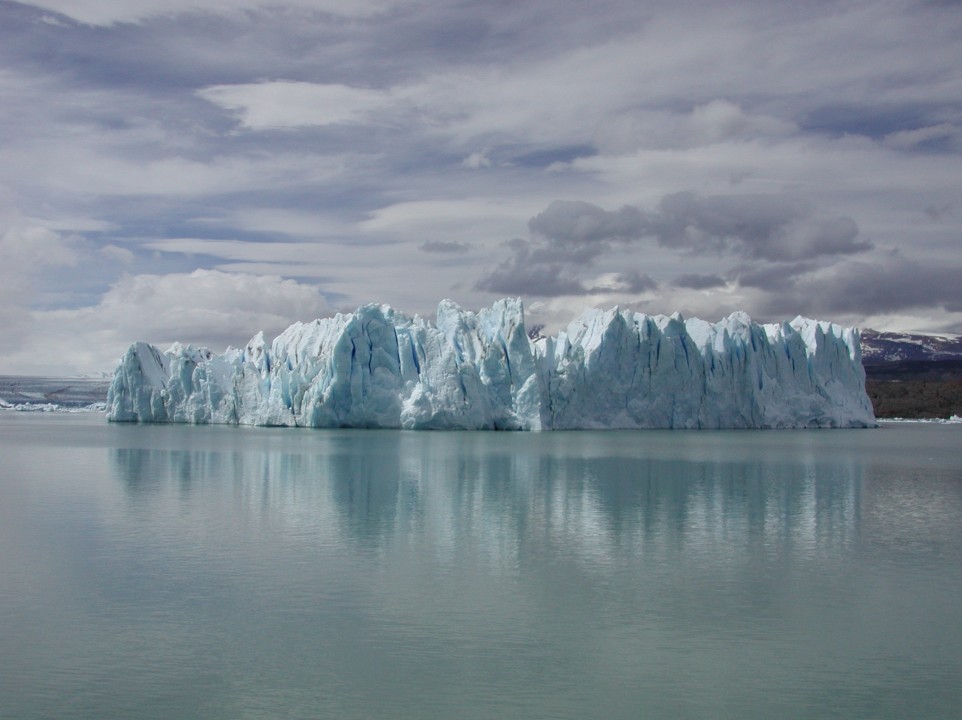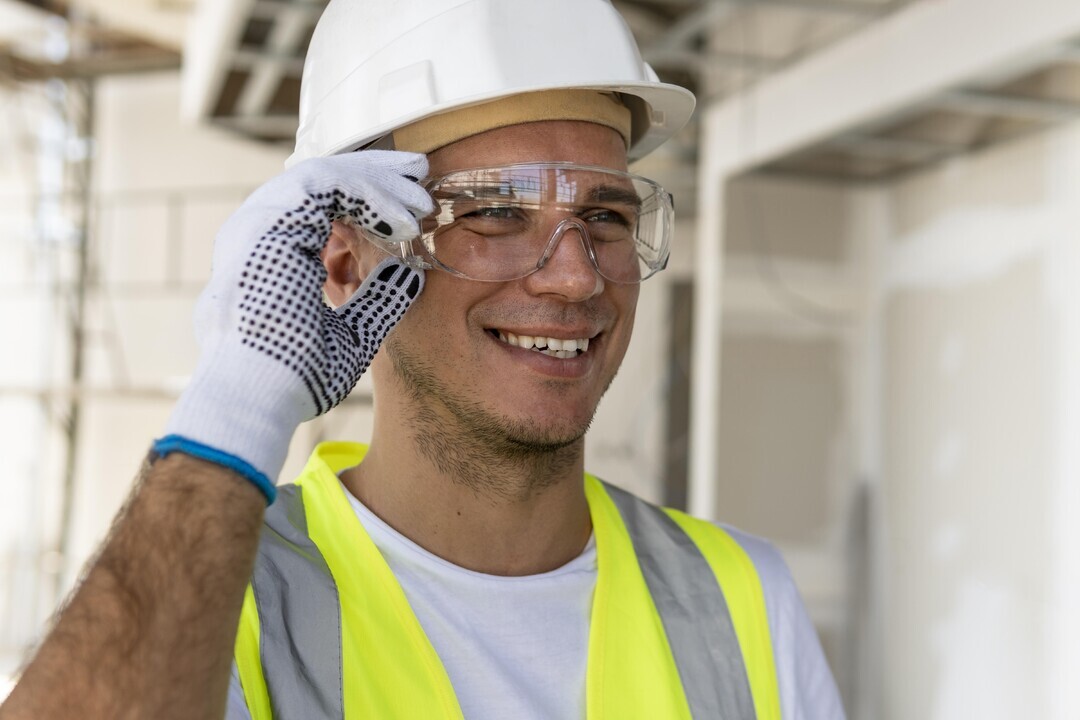Sustainable leadership. Maybe you can put a thousand characteristics on it and that is what sometimes makes it seem so complicated. Seems, because in the core it’s not that complicated. At least not in my eyes. Eyes that have been allowed to look around in all kinds of organizations for 25 years. From very small to internationally operating corporates, from very dangerous industries to service companies.
Over the years, these companies have increasingly wondered what their core contribution actually is. How they deal with the materials they use, the people they employ, the customers they serve. How they can deal with this in a more sustainable way because the realization is sinking in that change is needed. Is “more and more” really the answer? Or is sustainable less also a possible goal? Is it just about making money? Or is it about making a contribution? To the world in its broadest sense. To future generations, so that our children’s children can also live happily and sustainably on our beautiful planet.
More and more executives I talk to are thinking about these kinds of questions. And sometimes these are dilemmas, they mean major changes in production or services. Has to change course drastically, with all the consequences that entails.
What these leaders have in common is that they are willing to look in the mirror. To face and recalibrate their own moral compass. That to me is sustainable leadership. That willingness, that courage, that honesty. To then develop it, with or without supervision. So that a sustainable culture is created in the organization.
Sometimes that is downright moving. A few years ago I was asked to provide an HSE leadership training in the north of China for a large multinational. The executives in the team were a privilege to work with: open, eager to learn, reflective. On the second day, we worked with the team according to a method developed by Steve de Shazer for solution-focused therapy: the miracle question. We translated this method to the situation of this executive team: Suppose, in 1.5 years you wake up one morning and all the challenges in your organization have disappeared and everything is going exactly as you would like it to. So what happened and what does that look like? We asked the group to discuss this with each other and to make a drawing of it, to connect both the head and the heart in the solution.
Where normally a group needs about an hour to work this out completely, this group was back with a drawing in 10 minutes. The drawing depicted the factory with a very large sun above it. The executives then shared their greatest wish: we haven’t seen the sun shine for years because of all the pollution. We would be so happy if we could see the sun again because we contributed to a cleaner production method and set an example for other companies in this… 14 people, 1 shared wish, 1 moral compass, 1 dream… Talking about how they could make that contribution. It was one of the most impactful moments in my career as a facilitator and executive coach so far.
How can you achieve sustainable leadership and a sustainable organization and corporate culture? There are several ways to do that. I’d love to talk to you about it. Personally, I find the Inner Development Goals very interesting. Five dimensions with 23 behavioral characteristics. For me, they fit perfectly with sustainable leadership. INSEYD works together with a fantastic company: 360° Horizons. All experts in the field of sustainability and the sustainable development of people in organizations.
Would you like to take a look in the mirror of your own sustainable leadership? Want to see your moral compass? Discover how you can grow towards a sustainable corporate culture as a person and organization? Contact us without obligation. INSEYD believes in co-creation. With the expertise of INSEYD and the experts of 360° Horizons you will in any case have a very sustainable conversation… And so do we…


